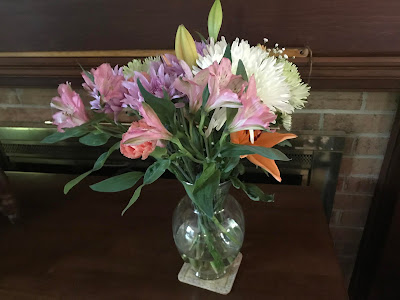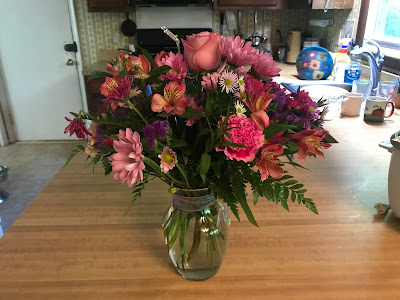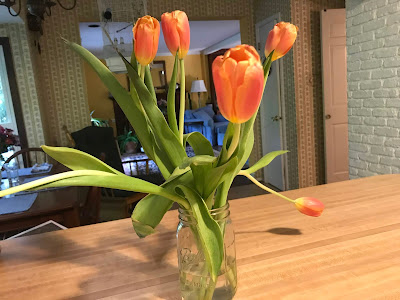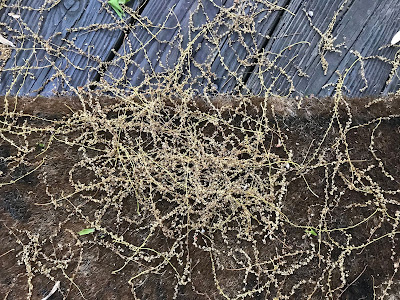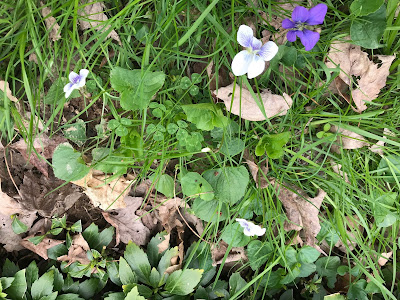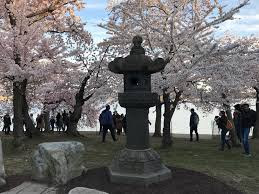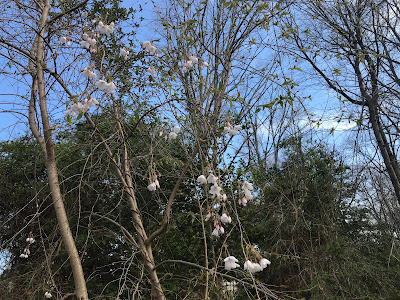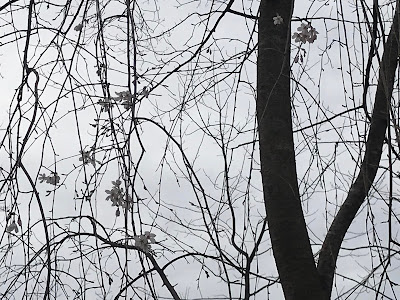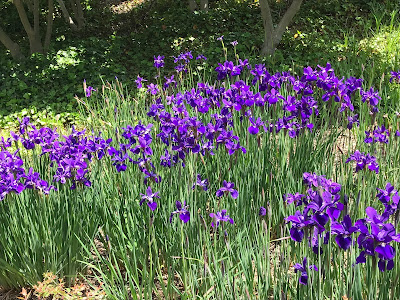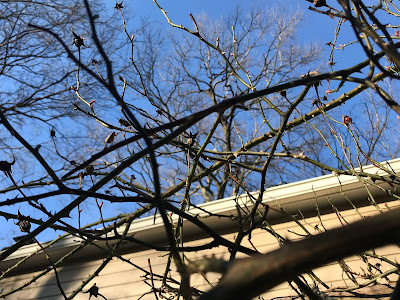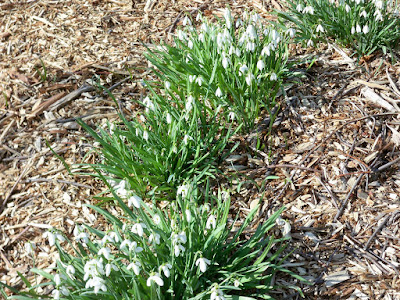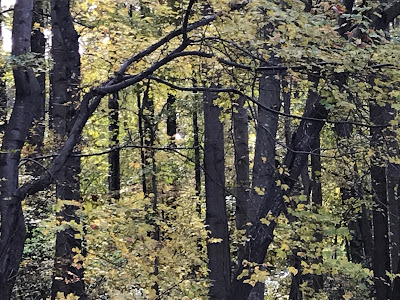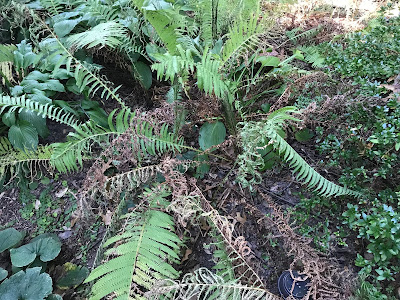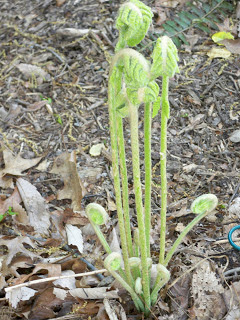The oak catkins are back, draping and dropping, falling from trees onto car, lawn and deck. They’re graceful and gritty, ornery and ornamental. They make my eyes water and my sinuses swell.
These male flowers release pollen to the wind, pollen that finds its way to the female oak flowers to make acorns — and eventually new oak trees. But catkins find many detours from their appointed rounds. They hitch a ride on the soles of shoes, worm their way into houses where they burrow into carpets, slide into corners, and get stuck on the shaggy coats of one old doggie I know.
Years ago, during a catkin-heavy spring, my middle daughter, Claire, decided to start a catkin-removal business. She asked our neighbors if they’d like their driveways swept free of the things, and most of them said yes. Claire did a brisk business. She worked hard for hours, pulling her little wagon up and down the street and loading the catkins there after she’d swept them up.
I’ll never forget her trudging home in the late afternoon, full of smiles. She had a few dollars in her pocket, our neighbor’s driveways were pristine — and she’d brought all the catkins home … to our yard.
